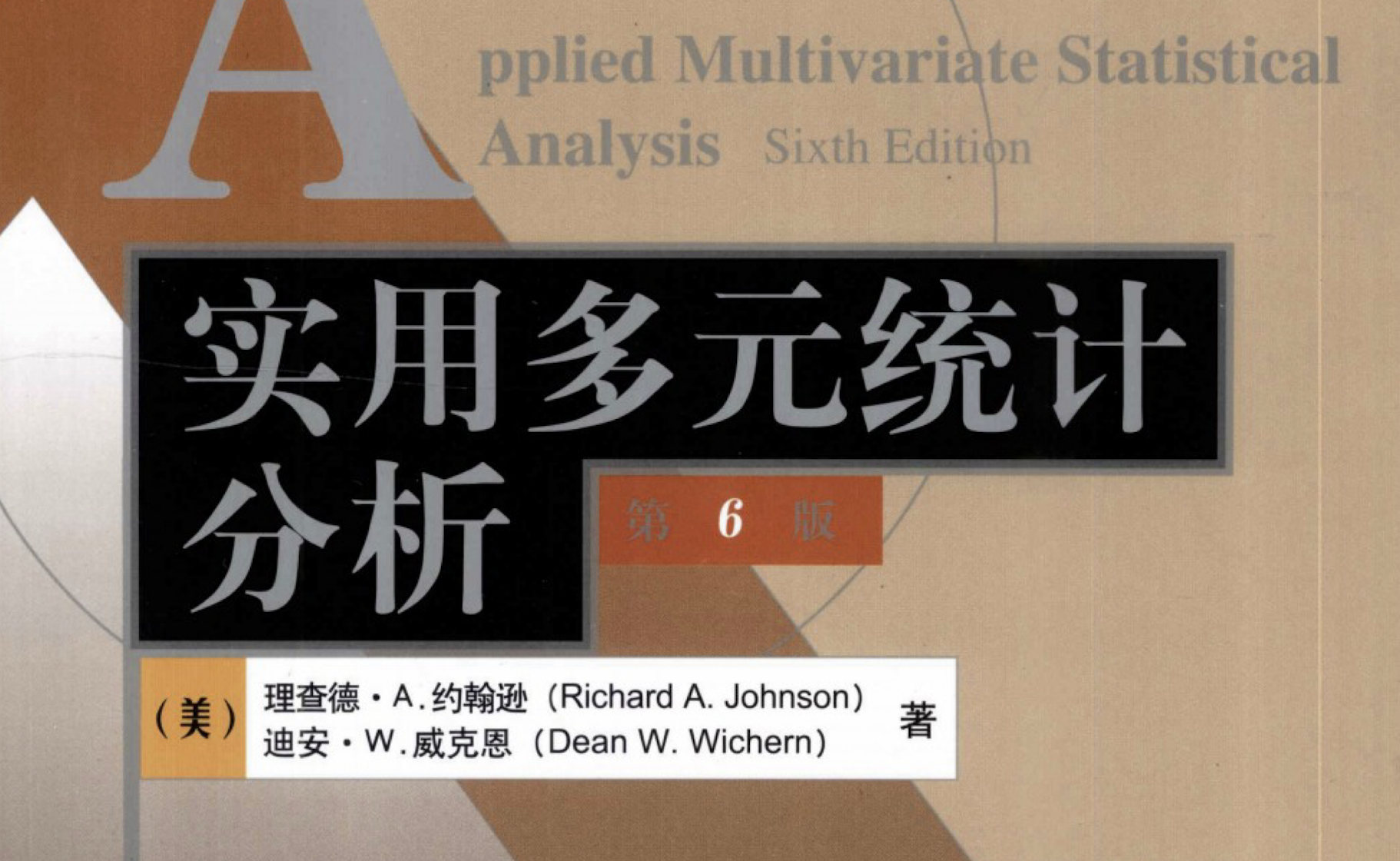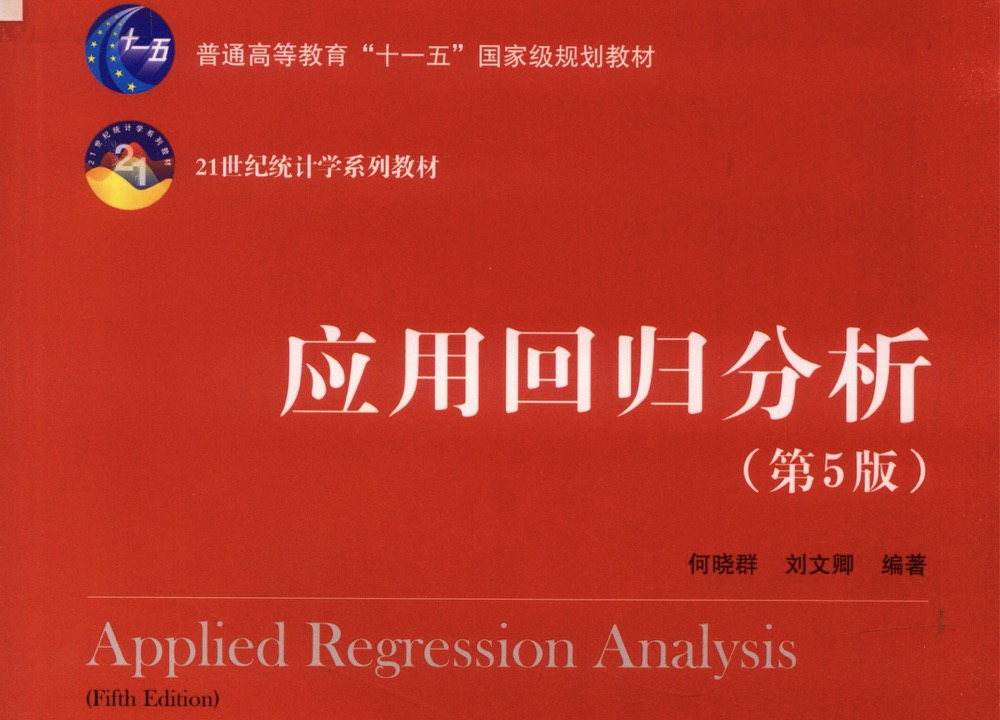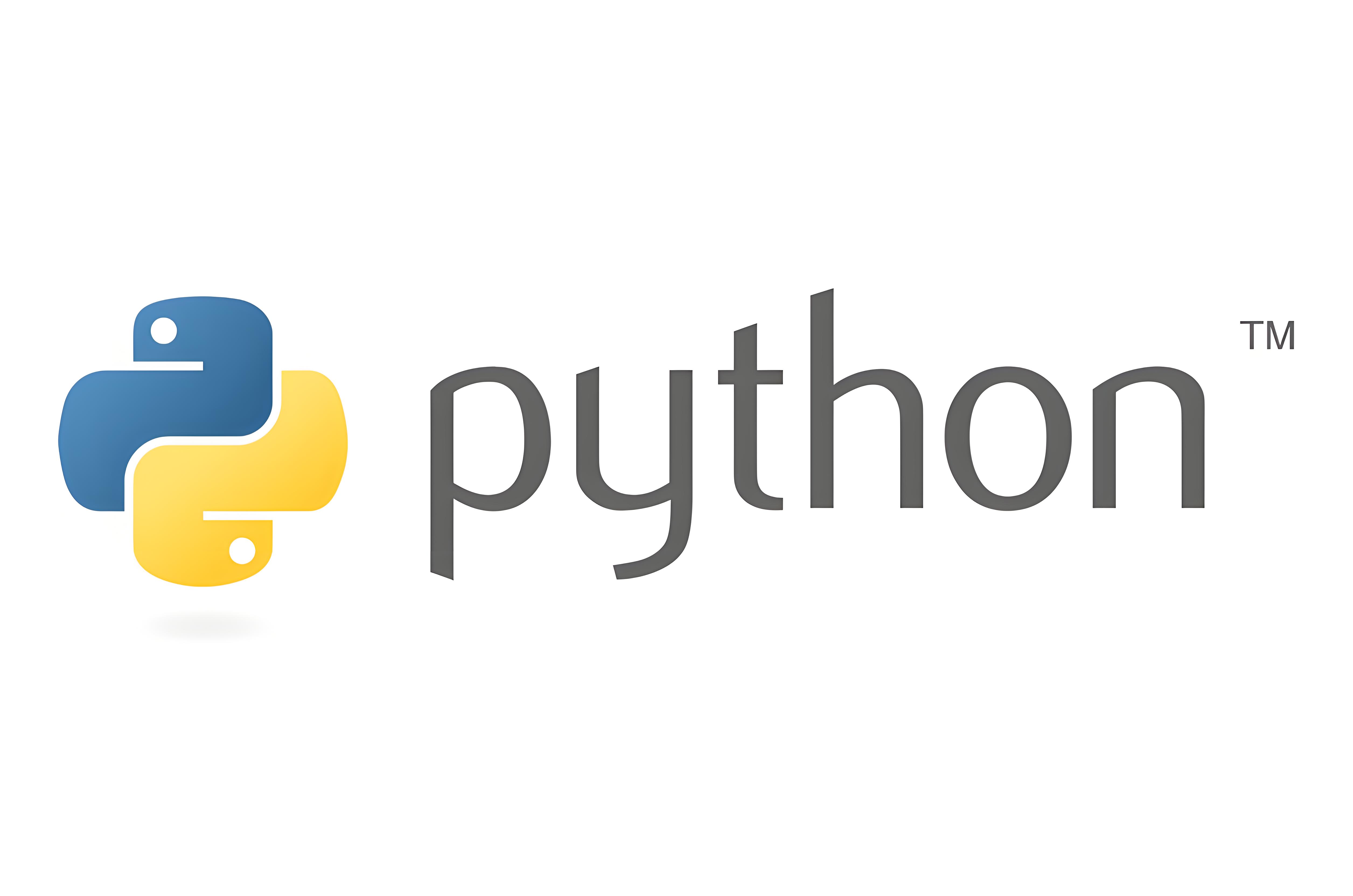回归分析:简单线性回归
本章介绍回顾分析的原理,从单变量的简单线性回归为入门,介绍相关理论。利用 R 语言实现线性回归模型的分析。
代码和笔记存储在 GitHub 库 【持续更新中,建议 star!】
1 模型搭建
简单线性回归模型:
y i = β 0 + β 1 ⋅ x i + ϵ i , i = 1 , 2 , ⋯ , n y_i = \beta_0 + \beta_1 \cdot x_i + \epsilon_i,\quad i = 1,\ 2,\ \cdots,\ n
y i = β 0 + β 1 ⋅ x i + ϵ i , i = 1 , 2 , ⋯ , n
因为自变量只有一个,且模型是线性的,因此我们把该模型称为简单线性回归模型 。
随机误差:
ϵ i ∼ N ( 0 , σ 2 ) \epsilon_i \sim N(0,\ \sigma^2)
ϵ i ∼ N ( 0 , σ 2 )
这里 $\epsilon_i $ 代表了系统性因素以外的影响,即非系统性因素,同时它们之间相互独立,且与 x i x_i x i ϵ i \epsilon_i ϵ i
系统因素:
E ( Y i ∣ x i ) = β 0 + β 1 ⋅ x i E(Y_i\ |\ x_i) = \beta_0 + \beta_1 \cdot x_i
E ( Y i ∣ x i ) = β 0 + β 1 ⋅ x i
这是因为 ϵ i ∼ N ( 0 , σ 2 ) \epsilon_i \sim N(0,\ \sigma^2) ϵ i ∼ N ( 0 , σ 2 ) E ( ϵ i ) = 0 E(\epsilon_i) = 0 E ( ϵ i ) = 0 E ( Y i ∣ x i ) E(Y_i\ |\ x_i) E ( Y i ∣ x i ) β 0 , β 1 , x i \beta_0,\ \beta_1,\ x_i β 0 , β 1 , x i v a r ( y i ) = 0 + v a r ( ϵ i ) = σ 2 var(y_i) = 0 + var(\epsilon_i) = \sigma^2 v a r ( y i ) = 0 + v a r ( ϵ i ) = σ 2
2 参数估计
2.1 参数估计
首先,明确需要估计的参数:
β 0 β 1 σ 2 \beta_0 \quad \beta_1 \quad \sigma^2
β 0 β 1 σ 2
目标:找到一条直线,使得所有观测值到直线的距离平方和最短,即误差最小
y i ^ = β 0 ^ + β 1 ^ ⋅ x i \hat{y_i} = \hat{\beta_0} + \hat{\beta_1} \cdot x_i
y i ^ = β 0 ^ + β 1 ^ ⋅ x i
min β 0 , β 1 ∑ i = 1 n ( y i − y i ^ ) 2 = ∑ i = 1 n ( y i − ( β 0 + β 1 ⋅ x i ) ) 2 \min_{\beta_0,\ \beta_1}\ \sum\limits_{i = 1}^n \ (y_i - \hat{y_i})^2 = \sum\limits_{i=1}^n \ (y_i - (\beta_0 + \beta_1 \cdot x_i))^2
β 0 , β 1 min i = 1 ∑ n ( y i − y i ^ ) 2 = i = 1 ∑ n ( y i − ( β 0 + β 1 ⋅ x i ) ) 2
使用最小二乘法 可以得到参数的估计值为:
β 1 ^ = ∑ i = 1 n ( x i − x ˉ ) ( y i − y ˉ ) ∑ i = 1 n ( x i − x ˉ ) 2 \hat{\beta_1} = \frac{\sum\limits_{i=1}^n\ (x_i - \bar{x})(y_i - \bar{y})}{\sum\limits_{i=1}^n \ (x_i - \bar{x})^2}
β 1 ^ = i = 1 ∑ n ( x i − x ˉ ) 2 i = 1 ∑ n ( x i − x ˉ ) ( y i − y ˉ )
β 0 ^ = y ˉ − x ˉ ⋅ β 1 ^ \hat{\beta_0} = \bar{y} - \bar{x} \cdot \hat{\beta_1}
β 0 ^ = y ˉ − x ˉ ⋅ β 1 ^
其他估计值:
拟合值估计: y ^ = β 0 ^ + β 1 ^ ⋅ x i \hat{y} = \hat{\beta_0} + \hat{\beta_1} \cdot x_i y ^ = β 0 ^ + β 1 ^ ⋅ x i 方差估计: σ 2 ^ = s 2 = 1 n − 2 ∑ i = 1 n ( y i − y i ^ ) 2 \hat{\sigma^2} = s^2 = \frac{1}{n-2}\sum_{i=1}^n (y_i - \hat{y_i})^2 σ 2 ^ = s 2 = n − 2 1 ∑ i = 1 n ( y i − y i ^ ) 2 误差的估计(残差): e i = y i − y i ^ e_i = y_i - \hat{y_i} e i = y i − y i ^
2.3 R 语言实现:lm 函数
使用 lm() 函数直接实现简单线性回归:
1 2 3 4 5 6 7 student <- c ( 2 , 6 , 8 , 8 , 12 , 16 , 20 , 20 , 22 , 26 ) sales <- c ( 58 , 105 , 88 , 118 , 117 , 137 , 157 , 169 , 149 , 202 ) result <- lm( sales ~ student) summary( result)
结果为:
1 2 3 4 5 6 7 8 9 10 11 12 13 14 15 16 17 18 19 > summary( result) Call: lm( formula = sales ~ student) Residuals: Min 1 Q Median 3 Q Max - 21.00 - 9.75 - 3.00 11.25 18.00 Coefficients: Estimate Std. Error t value Pr( > | t| ) ( Intercept) 60.0000 9.2260 6.503 0.000187 * * * student 5.0000 0.5803 8.617 2.55e-05 * * * - - - Signif. codes: 0 ‘* * * ’ 0.001 ‘* * ’ 0.01 ‘* ’ 0.05 ‘.’ 0.1 ‘ ’ 1 Residual standard error: 13.83 on 8 degrees of freedom Multiple R- squared: 0.9027 , Adjusted R- squared: 0.8906 F - statistic: 74.25 on 1 and 8 DF, p- value: 2.549e-05
1. β \beta β Intercept 的第一列表示 β 0 ^ \hat{\beta_0} β 0 ^ 60.0000 。而下一个即为 β 1 ^ \hat{\beta_1} β 1 ^ 5.0000 。
1 2 3 4 Coefficients: Estimate Std. Error t value Pr( > | t| ) ( Intercept) 60.0000 9.2260 6.503 0.000187 * * * student 5.0000 0.5803 8.617 2.55e-05 * * *
2. 方差 σ ^ = s \hat{\sigma} = s σ ^ = s Residual standard error 展示了方差的估计 s = 13.83 。
1 Residual standard error: 13.83 on 8 degrees of freedom
**3. 查看相关变量:**可以使用 names() 函数查看结果的变量名,然后使用 result$xx 的方式取得 result 的 xx 变量数据。
1 2 3 4 5 6 7 8 > names ( result) [ 1 ] "coefficients" "residuals" "effects" "rank" [ 5 ] "fitted.values" "assign" "qr" "df.residual" [ 9 ] "xlevels" "call" "terms" "model" > names ( summary( result) ) [ 1 ] "call" "terms" "residuals" "coefficients" [ 5 ] "aliased" "sigma" "df" "r.squared" [ 9 ] "adj.r.squared" "fstatistic" "cov.unscaled"
1 2 3 > result$ coefficients( Intercept) student 60 5
3 模型评估
3.1 模型总体评估
总平方误差(Total Sum of Squares,SST):
S S T = ∑ i = 1 n ( y i − y ˉ ) 2 SST = \sum\limits_{i=1}^n (y_i - \bar{y})^2
SST = i = 1 ∑ n ( y i − y ˉ ) 2
残差平方和(Sum of Squares due to Error,SSE):
S S E = ∑ i = 1 n ( y i − y i ^ ) 2 SSE = \sum\limits_{i=1}^n (y_i - \hat{y_i})^2
SSE = i = 1 ∑ n ( y i − y i ^ ) 2
回归平方和(Sum of Squares due to Regression,SSR):
S S R = ∑ i = 1 n ( y i ^ − y ˉ ) 2 SSR = \sum\limits_{i=1}^n (\hat{y_i} - \bar{y})^2
SSR = i = 1 ∑ n ( y i ^ − y ˉ ) 2
这三个指标满足下面的等式:
S S T = S S R + S S E SST = SSR + SSE
SST = SSR + SSE
模型总体评估:R 2 R^2 R 2
R 2 = S S R S S T R^2 = \frac{SSR}{SST}
R 2 = SST SSR
从直觉上判断,当 R 2 R^2 R 2 R 2 R^2 R 2
**从 R 语言结果中查看:**可见 R-squared = 0.9027 代表了 R 2 R^2 R 2 Adjusted R-squared = 0.8906 代表了调整 R 2 R^2 R 2
1 Multiple R- squared: 0.9027 , Adjusted R- squared: 0.8906
3.2 模型参数的评估
进一步观察 β 0 ^ , β 1 ^ \hat{\beta_0},\ \hat{\beta_1} β 0 ^ , β 1 ^
1 2 3 4 Coefficients: Estimate Std. Error t value Pr( > | t| ) ( Intercept) 60.0000 9.2260 6.503 0.000187 * * * student 5.0000 0.5803 8.617 2.55e-05 * * *
Std. Error 代表了参数 β \beta β t value 和 Pr(>|t|) 代表了对与 H 0 : β i = 0 H_0: \beta_i = 0 H 0 : β i = 0 student 确实对因变量 sales 存在线性关系)
特别地,当误差 ϵ i \epsilon_i ϵ i
β i ^ ∼ N ( β i , σ i 2 ) \hat{\beta_i} \sim N(\beta_i,\ \sigma_i^2)
β i ^ ∼ N ( β i , σ i 2 )
其中 σ i 2 \sigma_i^2 σ i 2
β i ^ − β i s i ∼ t ( n − 2 ) \frac{\hat{\beta_i} - \beta_i}{s_i} \sim t(n-2)
s i β i ^ − β i ∼ t ( n − 2 )
特别地,简单线性回归模型是单一变量,故模型整体的假设检验也等价于 H 0 : β 1 = 0 H_0: \beta_1 = 0 H 0 : β 1 = 0
1 F - statistic: 74.25 on 1 and 8 DF, p- value: 2.549e-05
这里的 p 值为 2.549e-05 < 0.05 故拒绝原假设。
4 模型假设的检验
模型假设一: ϵ i , i = 1 , 2 , ⋯ , n \epsilon_i,\ i=1,\ 2,\ \cdots,\ n ϵ i , i = 1 , 2 , ⋯ , n x i x_i x i
**模型假设二:**一般假设 ϵ i \epsilon_i ϵ i
检查误差/残差的正态性和相关性:
1 2 3 4 5 6 7 8 9 10 11 12 13 14 15 png( "img/ei.png" , width = 1200 , height = 500 , res = 150 ) op <- par( mfrow = c ( 1 , 3 ) ) plot( result$ residuals, main = "Residuals, ei scatters plot" ) plot( student, result$ residuals, main = "Students v.s. Residuals, xi vs ei" ) qqnorm( result$ residuals) qqline( result$ residuals) dev.off( ) par( op)
其他:
A plot of residuals versus fitted (predicted) values :类似 resid vs x 。希望没有任何趋势。
A normal quantile-quantile plot of the standardized residuals 。希望基本成一直线。
A scale-location plot :类似 resid vs x 。希望没有任何趋势。
A Cook’s distance plot 库克距离:如果某一条数据被排除在外,那么由此造成的回归系数变化有多大。如果 Cook 距离过大,那么就表明这条数据对回归系数的计算产生了明显的影响,这条数据就有可能是是异常数据。如果 Cook 距离大于 0.5 , 那么这个点就有可能是强影响点;如果 Cook 距离大于 1 ,那么这个点就非常有可能是强影响点,必须得到关注。
1 2 3 4 5 6 png( "img/others.png" , width = 1200 , height = 1200 , res = 200 ) op <- par( mfrow = c ( 2 , 2 ) ) plot( result, which = 1 : 4 ) dev.off( ) par( op)
5 拟合和预测
5.1 R 语言实现
predict() 函数实现预测,格式:
1 2 3 4 5 6 predict( object, newdata, interval = c ( "none" , "confidence" , "prediction" ) , level = 0.95 )
参数:
1 2 - object: 某个线性模型,lm( ) 的结果。如 result1 = lm( sales ~ student) - newdata: 某个变量名跟原来线性模型中自变量一致的数据框。如 new = data.frame( student = 10 )
例如:
**1. 预测问题:**选择 interval = "prediction" 点估计相同为 fit = 110 ,但此时给出的置信区间为预测区间 Prediction Interval, PI 给出的是对预测值的置信区间 lwr, upr 。
1 2 3 4 5 6 7 8 9 10 > > new <- data.frame( student = 10 ) > predict( result, new, interval = "prediction" , level = 0.95 ) fit lwr upr 1 110 76.12745 143.8725 > new <- data.frame( student = 18 ) > predict( result, new, interval = "prediction" , level = 0.95 ) fit lwr upr 1 150 116.1275 183.8725
**2. 估计问题:**选择 interval = "confidence" 点估计相同为 fit = 110 ,但此时给出的置信区间为对期望 E ( y ) E(y) E ( y ) Confidence Interval, CI 是因变量期望的置信区间 lwr, upr 。
1 2 3 4 5 6 7 8 9 10 > > new <- data.frame( student = 10 ) > predict( result, new, interval = "confidence" , level = 0.95 ) fit lwr upr 1 110 98.58299 121.417 > new <- data.frame( student = 18 ) > predict( result, new, interval = "confidence" , level = 0.95 ) fit lwr upr 1 150 138.583 161.417
5.2 理论分析
**拟合值:**对原来的数据中 x 0 x_0 x 0
真值:E ( y 0 ) = β 0 + β 1 ⋅ x 0 E(y_0) = \beta_0 + \beta_1 \cdot x_0 E ( y 0 ) = β 0 + β 1 ⋅ x 0
置信区间:P ( L ≤ E ( y 0 ) = β 0 + β 1 ⋅ x 0 ≤ U ) = 1 − α P(L \leq E(y_0) = \beta_0 + \beta_1 \cdot x_0 \leq U) = 1 - \alpha P ( L ≤ E ( y 0 ) = β 0 + β 1 ⋅ x 0 ≤ U ) = 1 − α
根据如下结论:
v a r ( y 0 ^ ) = v a r ( β 0 ^ + β 1 ^ ⋅ x 0 ) = σ 2 ( 1 n + ( x 0 − x ˉ ) 2 s x x ) = s d ( y ^ ) var(\hat{y_0}) = var(\hat{\beta_0} + \hat{\beta_1}\cdot x_0) = \sigma^2(\frac{1}{n} + \frac{(x_0 - \bar{x})^2}{s_{xx}}) = sd(\hat{y})
v a r ( y 0 ^ ) = v a r ( β 0 ^ + β 1 ^ ⋅ x 0 ) = σ 2 ( n 1 + s xx ( x 0 − x ˉ ) 2 ) = s d ( y ^ )
( n − 2 ) σ 2 ^ ∼ σ 2 ⋅ χ 2 ( n − 2 ) (n-2)\hat{\sigma^2} \sim \sigma^2 \cdot \chi^2(n-2)
( n − 2 ) σ 2 ^ ∼ σ 2 ⋅ χ 2 ( n − 2 )
y 0 ^ − ( β 0 + β 1 ⋅ x 0 ) v a r ( y 0 ^ ) ∼ t ( n − 2 ) \frac{\hat{y_0} - (\beta_0 + \beta_1 \cdot x_0)}{\sqrt{var(\hat{y_0})}} \sim t(n-2)
v a r ( y 0 ^ ) y 0 ^ − ( β 0 + β 1 ⋅ x 0 ) ∼ t ( n − 2 )
于是,置信区间为:
C I = [ β 0 ^ + β 1 ^ ⋅ x 0 ± t α / 2 ( n − 2 ) ⋅ σ ^ 1 n + ( x 0 − x ˉ ) 2 s x x ] CI = \left[\quad \hat{\beta_0} + \hat{\beta_1}\cdot x_0 \pm t_{\alpha/2}(n-2)\cdot\hat{\sigma}\sqrt{\frac{1}{n} + \frac{(x_0 - \bar{x})^2}{s_{xx}}}\quad \right]
C I = β 0 ^ + β 1 ^ ⋅ x 0 ± t α /2 ( n − 2 ) ⋅ σ ^ n 1 + s xx ( x 0 − x ˉ ) 2
**预测值:**对一个新的观测值 x ′ ∉ { x i } i = 1 , 2 , ⋯ , n x' \notin \{x_i\}_{i=1,\, 2,\ \cdots,\ n} x ′ ∈ / { x i } i = 1 , 2 , ⋯ , n
真实值(随机变量):y ′ = β 0 + β 1 ⋅ x ′ + ϵ y' = \beta_0 + \beta_1\cdot x' + \epsilon y ′ = β 0 + β 1 ⋅ x ′ + ϵ
点预测:y ′ ^ = β 0 ^ + β 1 ^ ⋅ x ′ \hat{y'} = \hat{\beta_0} + \hat{\beta_1}\cdot x' y ′ ^ = β 0 ^ + β 1 ^ ⋅ x ′
预测区间:P ( L ≤ y ′ = β 0 + β 1 ⋅ x ′ + ϵ ≤ U ) = 1 − α P(L \leq y' = \beta_0 + \beta_1\cdot x' + \epsilon \leq U) = 1 - \alpha P ( L ≤ y ′ = β 0 + β 1 ⋅ x ′ + ϵ ≤ U ) = 1 − α
根据如下结论:
y ′ ⊥ y y' \ \bot \ y
y ′ ⊥ y
y ′ − y ′ ^ ∼ N ( β 0 + β 1 ⋅ x ′ , σ 2 ( 1 + 1 n + ( x ′ − x ˉ ) 2 s x x ) ) y' - \hat{y'} \sim N(\beta_0 + \beta_1 \cdot x',\ \sigma^2(1 + \frac{1}{n} + \frac{(x'- \bar{x})^2}{s_{xx}}))
y ′ − y ′ ^ ∼ N ( β 0 + β 1 ⋅ x ′ , σ 2 ( 1 + n 1 + s xx ( x ′ − x ˉ ) 2 ))
β 0 ^ + β 1 ^ ⋅ x ′ − ( β 0 + β 1 ⋅ x ′ + ϵ ) σ ^ 1 + 1 n + ( x ′ − x ˉ ) 2 s x x ∼ t ( n − 2 ) \frac{\hat{\beta_0} + \hat{\beta_1}\cdot x' - (\beta_0 + \beta_1\cdot x' + \epsilon)}{\hat{\sigma}\sqrt{1 + \frac{1}{n} + \frac{(x'- \bar{x})^2}{s_{xx}}}} \sim t(n-2)
σ ^ 1 + n 1 + s xx ( x ′ − x ˉ ) 2 β 0 ^ + β 1 ^ ⋅ x ′ − ( β 0 + β 1 ⋅ x ′ + ϵ ) ∼ t ( n − 2 )
于是,预测区间为:
P I = [ β 0 ^ + β 1 ^ ⋅ x ′ ± t α / 2 ( n − 2 ) ⋅ σ ^ 1 + 1 n + ( x ′ − x ˉ ) 2 s x x ] PI = \left[\quad \hat{\beta_0} + \hat{\beta_1}\cdot x' \pm t_{\alpha/2}(n-2)\cdot \hat{\sigma}\sqrt{1 + \frac{1}{n} + \frac{(x'- \bar{x})^2}{s_{xx}}} \quad \right]
P I = β 0 ^ + β 1 ^ ⋅ x ′ ± t α /2 ( n − 2 ) ⋅ σ ^ 1 + n 1 + s xx ( x ′ − x ˉ ) 2
总结:
拟合值的置信区间:给定自变量 x 的值时,响应变量的期望可能落入的范围,这是一个估计问题。
预测值的预测区间:给定自变量 x 的值时,单个响应变量可能落入的范围,这是一个预测问题。
预测区间 PI 总是要比对应的置信区间 CI 大。





